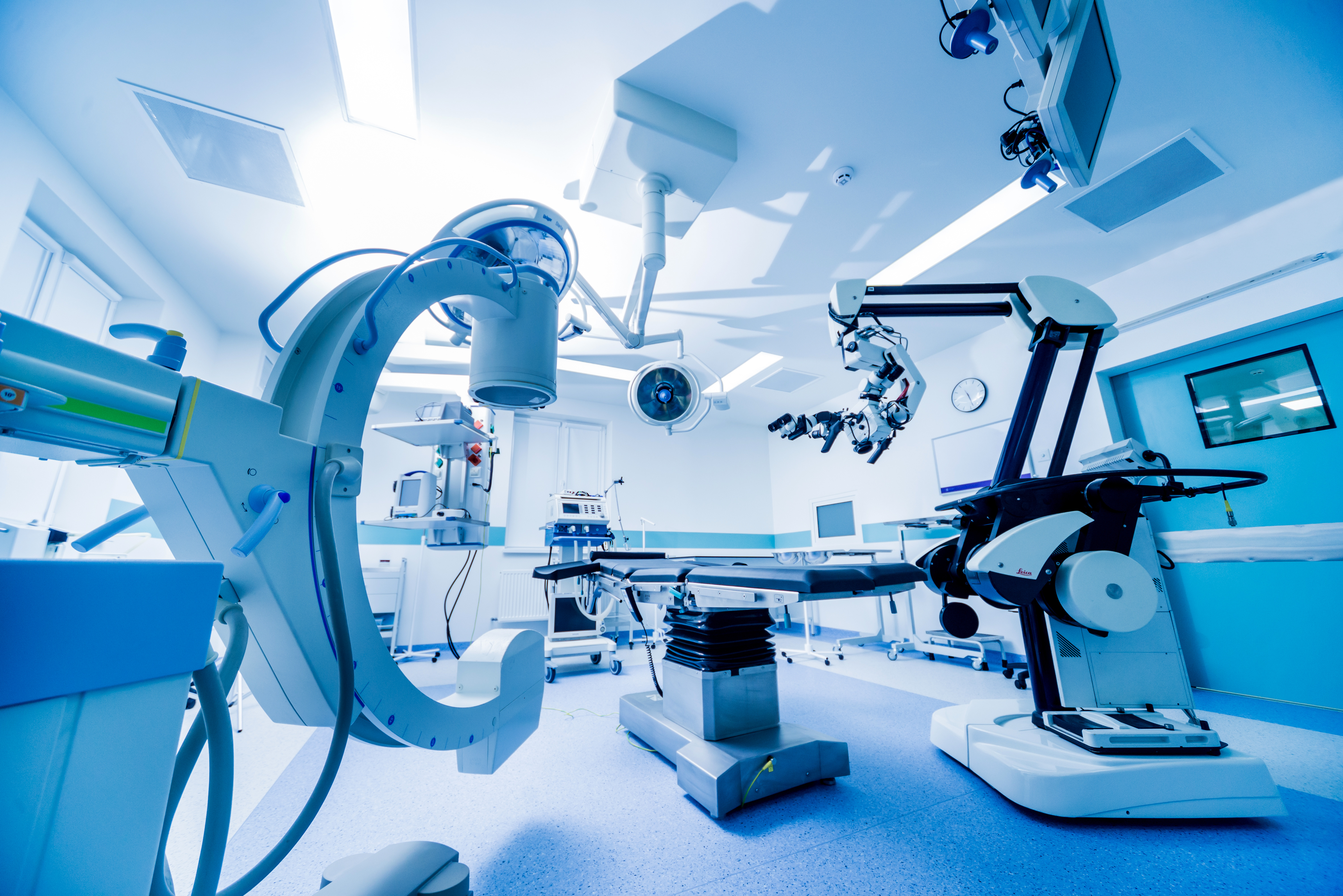When it comes to medical devices, failure isn’t just a matter of inconvenience. Device failure can lead to serious harm to patients, regulatory roadblocks, and devastating losses for companies. That’s why risk analysis isn’t just a checkbox in the design process; it’s the backbone of responsible engineering. By anticipating what could go wrong and planning around it, engineers can bring safer, more effective devices to market.
What Is Risk Analysis in Medical Devices?
Risk analysis is the structured process of identifying hazards, estimating their likelihood and impact, and problem-solving to mitigate those risks to acceptable levels. In medical devices, this means examining every stage of a product’s lifecycle, not just a point in time. From design and manufacturing, to real world use and product disposal, all aspects of the product need to be planned and well thought out.
The main framework guiding this work is ISO 14971, the international standard for medical device risk management. It defines risk as the combination of:
- Probability of occurrence (how likely it is)
- Severity of harm (how bad it could be)
Engineers then aim to either eliminate risks or minimize them to an acceptable level, always with patient safety as the highest priority. Here, it is important to mention that the severity of harm will likely never change if the product use or environment stays the same. Therefore, engineers focus on reducing the probability of risk rather than the risk itself.
Why Risk Analysis Is Non-Negotiable
- Patient Safety
A device must never put patients at unnecessary risk. Even a minor oversight can lead to injuries, recalls, or worse. - Regulatory Approval
Agencies such as the FDA and EMA expect rigorous risk management. Without it, approval simply won’t happen. - Cost Savings
Identifying potential failures early prevents expensive redesigns, lawsuits, or recalls down the road. - Trust
Healthcare providers and patients need confidence that the devices they use are reliable and safe.
How Engineers Actually Do It
Risk analysis isn’t guesswork. Some of the most common tools engineers use include:
- FMEA (Failure Modes and Effects Analysis)
Engineers brainstorm ways each component could fail, then rank risks by severity, probability, and detectability. - Fault Tree Analysis (FTA)
A top-down approach that starts with a failure event (like “device doesn’t deliver drugs”) and maps out the chain of possible causes. - Hazard Analysis
Identifies hazards (electrical, biological, mechanical, software, usability) and evaluates their impact on patients and users. - Risk Matrices
Visual grids that help teams quickly assess and prioritize risks.
The Human Factor: Usability Risks
Not all risks come from hardware and software. Human error is one of the biggest contributors to device failures. Engineers must account for how real people (patients, caregivers, clinicians, etc.) will actually interact with the device. Poor instructions, confusing interfaces, or unrealistic assumptions about user behavior can turn a safe device into a dangerous one.
Another consideration in the human factor of device design comes from off-label use, which occurs when devices are used in ways not originally intended or approved. While engineers can’t predict every scenario, risk analysis should still consider foreseeable misuse and design safeguards or warnings that minimize harm. That’s why human factors studies are critical. These studies ensure devices work in the messy, unpredictable real world, not just in controlled lab conditions.
Continuous Risk Management
Risk analysis doesn’t end at product launch. Devices in the field generate post-market surveillance data, including incident reports, recalls, and user feedback. Engineers must continually update risk assessments to ensure devices remain safe throughout their entire lifecycle.
The Payoff
Risk analysis might sound like red tape, but it’s really about building confidence. For patients, it means safety. For doctors, it means reliability. For engineers and companies, it means smoother regulatory approval and fewer nightmares down the line.
In short, great medical device design isn’t just about innovation; it’s about foresight. Risk analysis is how inventors, practitioners, and engineers take ideas and turn them into safe, effective tools that change lives.
If you have questions about the development process, feel free to reach out for help. We do hundreds of free consults every year to help guide innovators along their path of device development.

